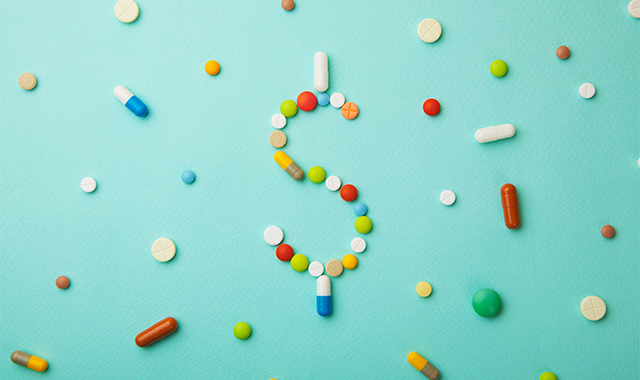What the World Might Look Like Without Rebates

Rebates for prescription drugs are under scrutiny and attack in both the political and healthcare arenas. But what will happen if drug rebates go away?
This was the question posed by Adam J. Fein, PhD, at a Drug Channels webinar, “Preparing for a World Without Rebates.” Fein is CEO of the Drug Channels Institute. He noted that the difference between the list price of a brand-name drug and the net price after rebates, a factor that he calls the “gross-to-net bubble,” has doubled over the last six years. This bubble was an estimated $166 billion in 2018. Nineteen percent of this bubble comes from rebates, direct and indirect reimbursement fees from commercial payers, and Medicare Part D, he said. This bubble might pop at any time.
Trending: FDA Approves Evenity for Osteoporosis
There are many issues with the rebate system as it exists today. The system offers warped incentives, Fein said. It creates a preference for higher-priced, heavily rebated drugs over lower-priced drugs. In addition, the designs of drug benefits in insurance increasingly expose patients to paying more out of pocket because coinsurance payments and spending, before a deductible kicks in, are linked to list price.
The primary options to the current rebate system are point-of-sale rebates and point-of-sale discounts, he noted. Point-of-sale rebates would offer limited change in the financial flow in the drug channel structure and allow for a pass through of some rebate or reimbursement to the patient. Point-of-sale discounts would require a chargeback administrator to handle the negotiated discount amount.
There are still many uncertainties to what will happen to the system of drug rebates, but Fein described two scenarios.
- A phoenix - an evolution and rebirth of the status quo - with pharmacy benefit managers (PBMs) being reborn. The gross-to-net bubble would remain, but the pharmacy benefit design would change. Drug manufacturers would maintain, but modify, their pricing strategies.
- A black swan - a world without rebates, where health insurance plans and PBMs directly manage spending. Here also, the pharmacy benefit design would change: the intensity of competition would increase, manufacturers would lower drug list prices, and the gross-to-net bubble would pop.
Newsletter
Pharmacy practice is always changing. Stay ahead of the curve with the Drug Topics newsletter and get the latest drug information, industry trends, and patient care tips.